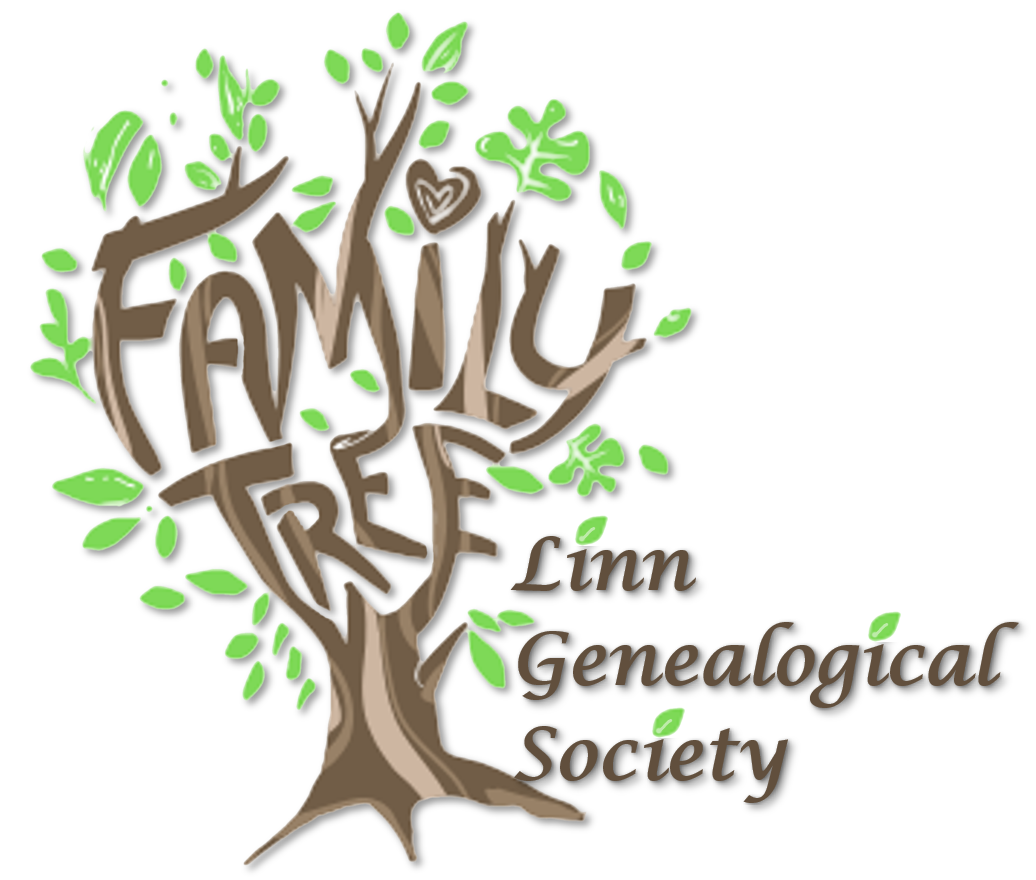Tracing your Family Tree – How to Get Started
History is important. We learn about history in school, but school does not teach us about knowing our own personal history. How exciting would those history classes have been if we knew our ancestors role in building our country, say as soldiers in the American Revolutionary War. Tracing your family tree is a fun project that puts you in touch with your family roots.
Of course, like all projects, tracing your family tree takes a lot of work. It is all worth it though! You never know what you will find and sometimes it can be quite revealing. Whether you are starting your family history project on your own, or just gathering information to present to a genealogist to assist you; this article will help you start looking for your ancestors.
Make it a Family Project
The best way to begin tracing your family tree is by talking to your family. Talk to all of your living relatives, both near and far – siblings, great uncles and third cousins. This is a good way to begin a family tree. Not only can you begin to chart and track your ancestors and gather up more information than you would have otherwise, but more importantly it brings your family together. Ask your relatives about any family stories they have heard. Overtime these stories may have become a little distorted, and in some case completely mythologized, but usually there is some truth to them, even if it is only a grain, but those grains create a rich tapestry of your family over time. These stories can provide clues that will help you or a genealogist trace your family line. Gather details about these stories and the people in them. Where they were born, what jobs did they have, were they in the military, what adventures did they have, what was their ethnic background, where did they come from?
Focus on One Side of the Family at a Time
If you are new to genealogy, you will probably be eager to trace your maternal and your paternal family lines. However, it can be overwhelming and confusing for the beginner family historian to try tracing both sides at once. Pick one side of the family to trace first. This makes your task easier by streamlining the scope of information and is less confusing when initially trying to document and organize information. As you gain more experience, you may want to shuffle between the two sides.
Using the Internet
Thanks to the internet, more and more information is readily available to family historians. The internet allows access to information that previously was available only by sifting through records in person. Technology has significantly enhanced the ability of family historians to trace their family trees. Many free records are available such as on the Family Search website.
Some of the things that you want to look for online are:
- Census Records
- Land Records
- Immigration/passenger arrival records
- Death Records
- Birth Records
Finding a Format
Having the information does you no good if you cannot organize it in some cohesive form. Genealogy software programs can store all your documents, information, photos and other files in one safe place. These programs can also be used to create a variety of genealogy charts. They are inexpensive, most are under $40.00, and free versions exist as well. Roots Magic Essentials is a good starter software. The free versions have fewer ‘bells and whistles’ than the paid versions. It is really important though that you maintain hard copies of all your information as well. Create a hard copy file system and file all your ancestry related documents.
Document your Findings
I can’t stress enough how important it is to document your sources. When starting out many people make the mistake of not documenting the information that they found. For each person in your tree create a list of the sources you used to prove connection to others in the tree. Genealogy software programs mentioned above can do this for you if you have entered the information in the program, then you can just generate a list of sources.
Conclusion
These tips will help you get started with your genealogy project. Tracing your family tree is a fun project and one that you can be proud of. You will be able to share your findings with your family and it will give you something to pass down to your children. Discovering where you come from is fun and rewarding, so enjoy! The Linn Genealogical Society has plenty of resources to help you trace your tree even if your family did not originate in Linn County. For example, we offer free access to ancestry.com in our room in the library, so see you there!
Kim

